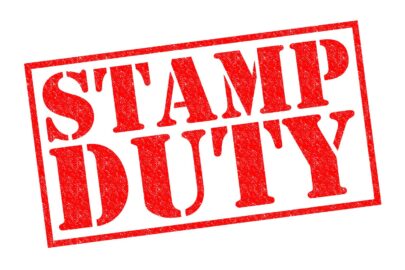HMRC quarterly stamp duty statistics to June 2016, has revealed that the provisional non-seasonally adjusted residential property transaction count for Quarter 2 of 2016 was 208,000 liable and 63,400 non-liable transactions, 1% higher than the previous quarter, and 10% higher than Quarter 2 of 2015.
The number of liable transactions with transaction value under £250,000 in Quarter 2 of 2016 was 6% higher than the previous quarter, and 8% higher than Quarter 2 of 2015. The number of liable transactions with transaction value between £250,000 and £500,000 in Quarter 2 of 2016 was 2% lower than the previous quarter, and 12% higher than Quarter 2 of 2015.
Meanwhile, the estimated yield for Quarter 2 of 2016 was £1,977m from residential transactions and £724m from nonresidential transactions.
HMRC said the estimated yield from residential transactions in Quarter 2 of 2016 was 13% higher than the previous quarter, and 28% higher than Quarter 2 of 2015. This quarter includes yield from residential transactions paying the higher rate of SDLT on additional properties.
Andrew Bridges, managing director of London seat agent Stirling Ackroyd, said: “Just a couple of months down the line from April’s stamp duty surcharge and the first results are in. The volume of properties sold keeps growing – and it’s at the lower-end of the market where momentum is at its highest. It may be too early to call but it seems the government’s changes aren’t off-putting buyers from snapping up those additional properties.
“But raising stamp duty is a risky business. Buyers may have been able to grab second properties amid Brexit and economic uncertainty with sellers having to settle for lower prices. However at the top end of the market, buyers are looking scared and many are reluctant to shoulder the extra cost. It seems buy-to-let investors are still primarily competing with first time buyers for lower value properties. As we enter a post-Brexit property market, the government may have to look again at the surcharge and assess whether it is helping or hindering the market.”
